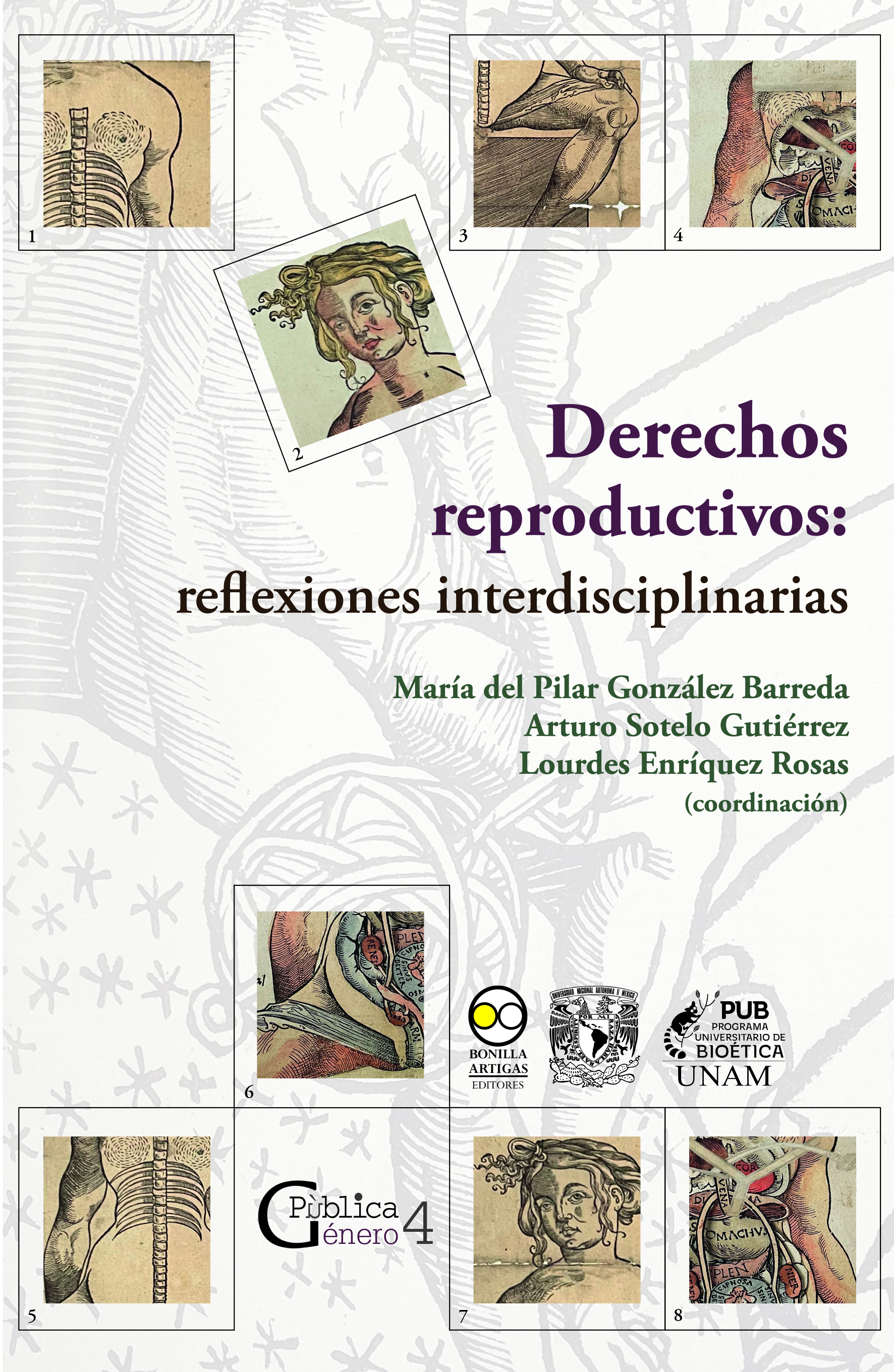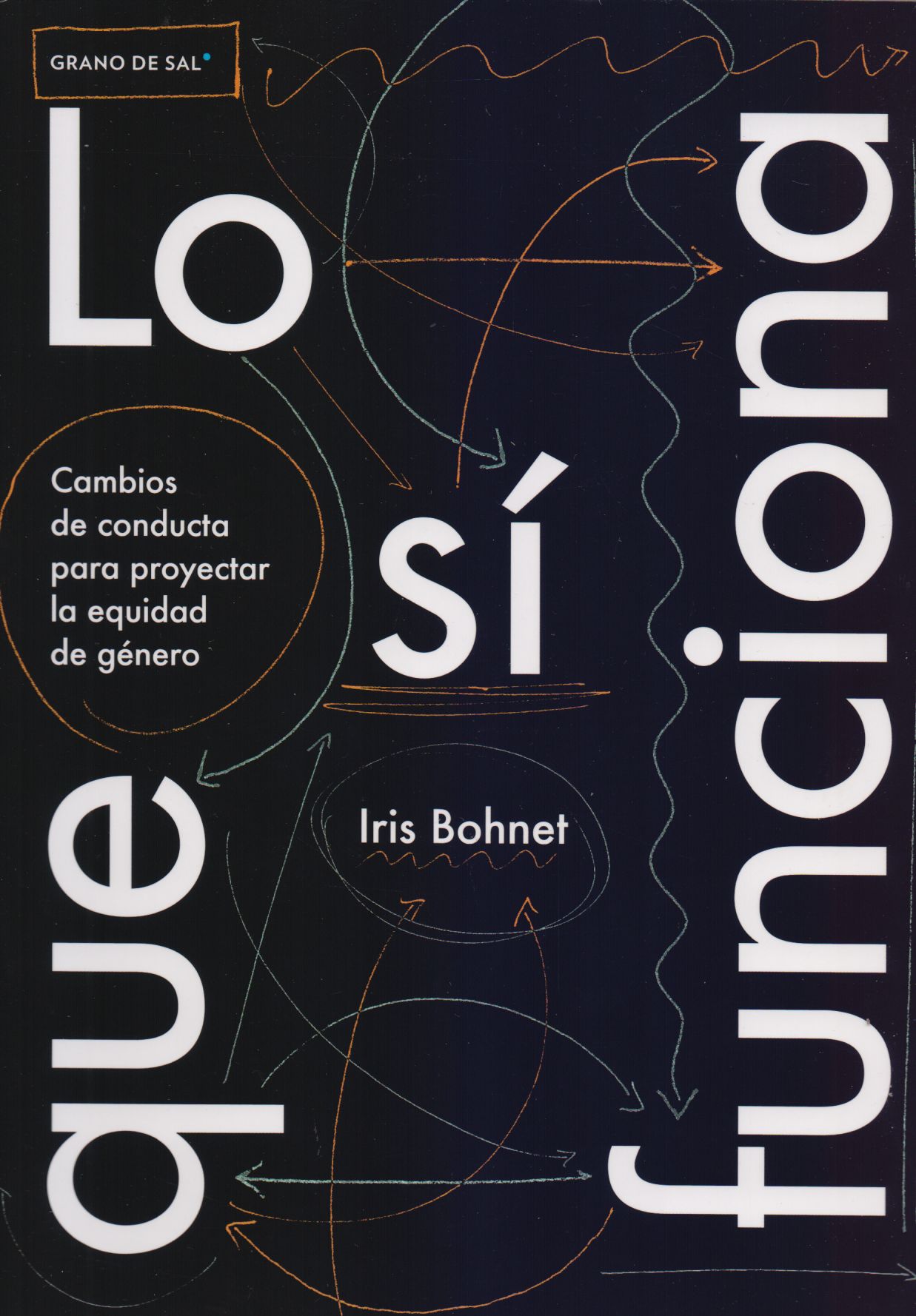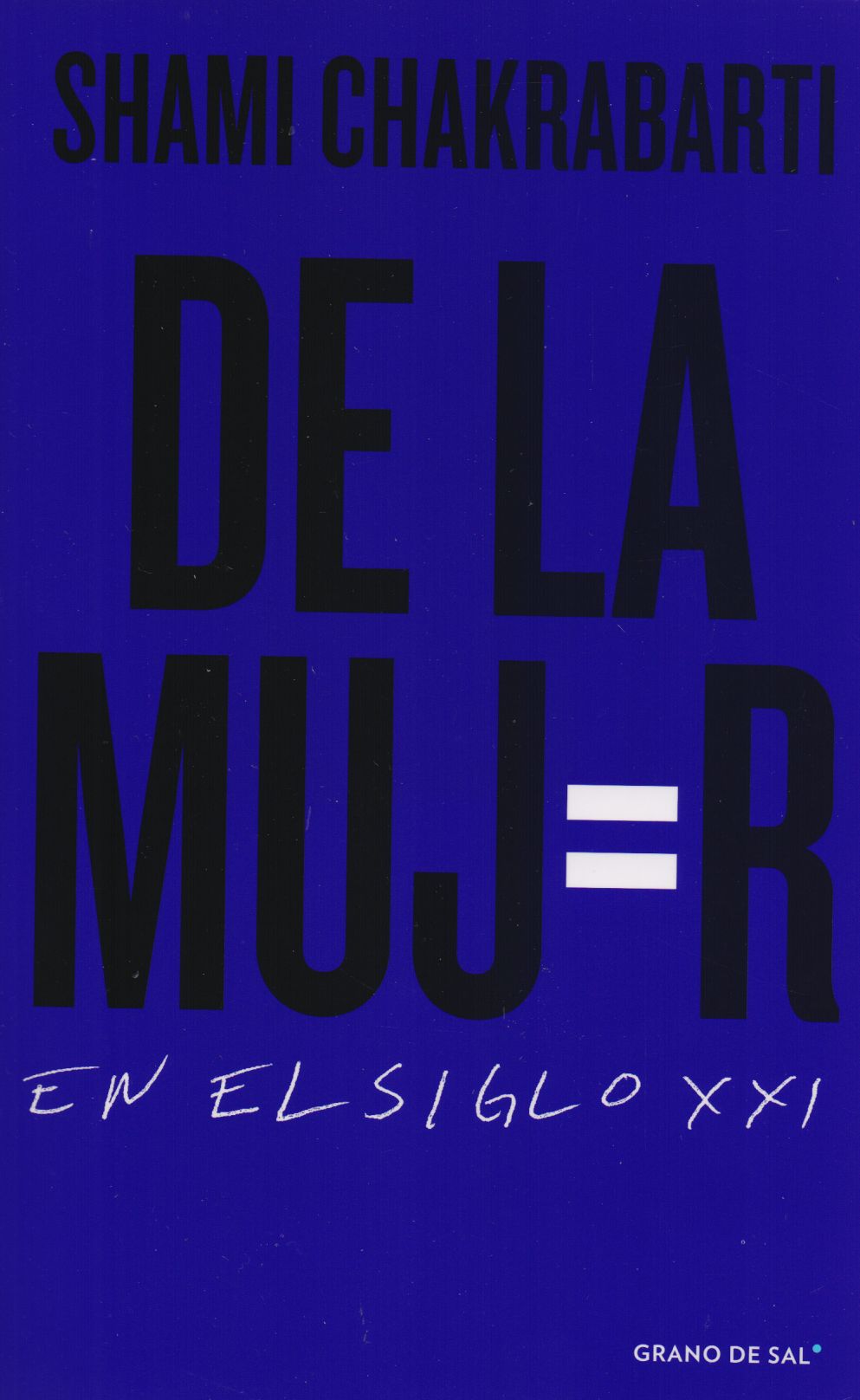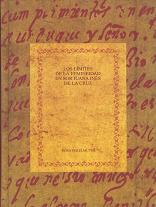Libros relacionados
 |
Derechos Reproductivos: Reflexiones Interdisciplinarias María del Pilar González Barreda, Arturo Sotelo Gutiérrez, L Bonilla Artigas Editores |
 |
Cerca de la Empatía, Lejos de la Violencia. Cartas a Mi Hijo Hernández Cervantes, Aleida Bonilla Artigas Editores |
 |
Género, El: la Construcción Cultural de la Diferencia Sexual Lamas, Marta (Compiladora) Bonilla Artigas Editores |
 |
Lo Que Si Funciona. Cambios de Conducta Para Proyectar la Equidad de Género Bohnet, Iris Libros Grano de Sal S.A. de C.V. |
 |
Estudios de las Mujeres Hacia el Espacio Comnún Europeo, Los Arriaga Flores, Mercedes / Estévez Saá, José / López Enamora Arcibel Editores |
 |
Genero, Acoso y Salud. Violencia Contra las Mujeres Gómez Terrón, Rafaela / Guerra García, Mónica / Rodíiguez Sa Arcibel Editores |
 |
Entendiendo la Figura de la Académia Mexicana: 4 Relatos de Éxitos y Contencione Castañeda-Mayo, Judith Arcibel Editores |
 |
Gender And Race Matter: Global Perspectives On Being a Woman (Vol. 21) Takhar, Shaminder Emerald Group Publishing Ltd . |


|
Título: Pornotopia: An Essay On Playboy's Architecture And Biopolitics | |
| Autor: Beatriz Preciado | Precio: $539.00 | |
| Editorial: Zone Books | Año: 2014 | |
| Tema: Genero, Estudio | Edición: 1ª | |
| Sinopsis | ISBN: 9781935408482 | |
| Published for the first time in 1953, Playboy became not only the first pornographic popular magazine in America, but also came to embody an entirely new lifestyle that took place in a series of utopian multimedia spaces, from the fictional Playboy's Penthouse of 1956 to the Playboy Mansion of 1959 and the Playboy Clubs of the 1960s. At the same time, the invention of the contraceptive pill offered access to a biochemical technique able to separate (hetero)sexuality and reproduction, troubling the traditional relationships between gender, sexuality, power, and space.
In Pornotopia, Beatriz Preciado examines popular culture and pornographic spaces as sites of architectural production. Combining historical perspectives with insights from critical theory, gender studies, queer theory, porn studies, and the history of technology, and drawing from a range of primary transdisciplinary sourcestreatises on sexuality, medical and pharmaceutical handbooks, architecture journals, erotic magazines, building manuals, and novels -- Preciado traces the strategic relationships among architecture, gender, and sexuality through popular sites related to the production and consumption of pornography: design objects, bachelor pads, and multimedia rotating beds. Largely relegated to the margins of traditional histories of architecture, these sites are not mere spaces but a series of overlapping systems of representation. They are understood here not as inherently or naturally sexual, nor as perverted or queer, but rather as biopolitical techniques for governing sexual reproduction and the production of gender in modernity. |
||
Librería Bonilla SA de CV © Todos los derechos reservados. 2019
Última actualización: Jul 2019







